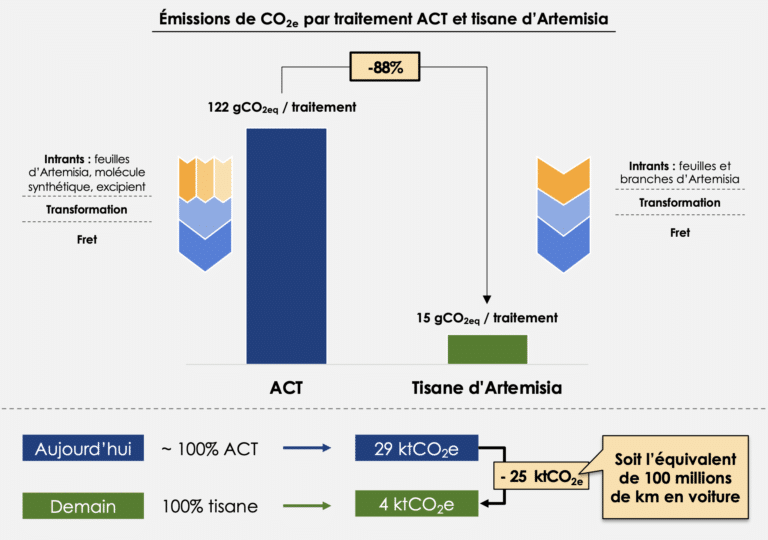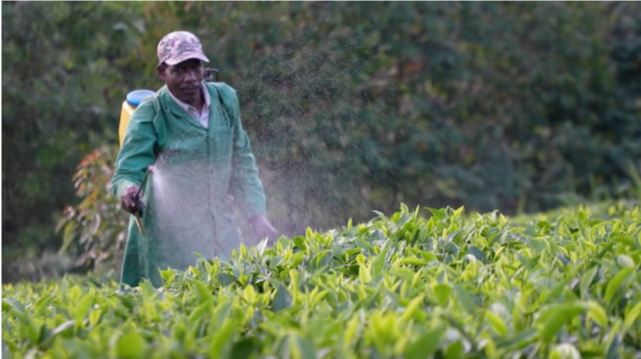Environnemental health
Repellent effect of Artemisia
More and more scientific articles highlight its antifungal, insecticidal, nematicidal and phytotoxic virtues, recognizing Artemisia’s great potential as a biopesticide.
Many members of the network emphasize the repellent effect of Artemisia against mosquitoes and certain insect pests.
This is why it is also very interesting to plant Artemisia near windows, in hedges and/or in combination with other crops!
The repellent effect of essential oils of the genus Artemisia has been demonstrated by several studies [1-2]
The repellent effect of Artemisia afra has been demonstrated under laboratory conditions [3].
A study carried out in Senegal showed the beneficial effect of growing Artemisia annua in association with cabbage in order to reduce attacks and increase its production [4].
Bibliography:
[2] Khamala S. , 2004. Bioevaluation of Insecticidal and Repellent Plants from Central Region of Kenya and Chemical Identification of Bioactive Derivatives. Kenyatta University
[3] Richter, J. M., Prinsloo, G. J., & Linde, T. D. K. V. D., 2014. The response of alate Diuraphis noxia (Kurdjumov)(Hemiptera: Aphididae) to volatile substances from four non-host plant extracts under laboratory conditions. African Entomology, 22(4), 783-789.
[4] Bizzotto L., 2013. Contribution à l’étude de l’effet d’une culture associée entre l’armoise annuelle (Artemisia annua L.) et le chou pommé (Brassica oleracea var. Capitata (L.) Lambinon) sur les ravageurs du chou pommé. Gembloux Agro-Biotech, Liège-Université.
Anti-fungal activity of Artemisia annua essential oil:
As an example, we can mention the total inhibition of all pathogenic fungi of tomato, including Sclerotinia sclerotiorum, Botrytis cinerea, Phytophthora infestans ( Mildew) and Verticillium dahliae
Carbone footprint
To preserve the health of our environment, let’s remember that the carbon footprint of our local Artemisia-based treatment has been evaluated at 88% lower than ACTs according to the independent and committed climate strategy consulting firm Carbone 4.


Artemisia biospray
A phytosanitary treatment based on Artemisia annua and afra has been studied with great success by the Aga Khan Foundation in Kenya.
The objective is to provide small-scale producers with an effective biopesticide against insect pests, without impacting their health and allowing them to be autonomous.
A partnership is underway with the Aga Khan Foundation to distribute this biopesticide based on Artemisia annua and afra throughout the network of Artemisia Houses.










